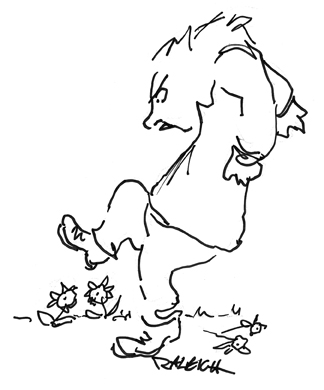Film: Strained Pulp
By Henry P. Raleigh
ART TIMES Spring 2014
 |
Mr. A. O. Scott, the New York Times film critic, is credited with coining the term “strained pulp.” This of course has nothing to do with orange juice but refers to an emerging new film genre or perhaps a sub-genre in search of a definition or perhaps because there is little of critical worth nowadays. “Pulp” in the arts, while generally understood to mean the lowbrow, low-rent, the cheaply sensational and the exploitative, is yet somewhat of a sticky wicket in criticism. A thin and tremulous line too often divides low pulp from high art and no ore so than in contemporary film. What is one person’s grind-house movie is another’s artistic triumph. The “so bad its good” aesthetic is one of the achievements of post-modern art.
Strained pulp may be taken in a literal sense- a distillation that uncovers the essence of pulp, its unapologetic directness and its wide-open earnestness and yes, at times even its amateurish, comic book innocence. In short, purification that still leaves us with pulp but much improved- or something. It might be a nostalgia for simpler times that motivates a refreshing of the pulp form. We are weary of the endless parades of super heroes battling super sized evil in CGI splendor. We yearn for that ordinary, every day hero we would like ourselves to be — one sufficiently, not overwhelmingly, touched by attractive tragedies- just as we are. We miss those shadowy noire worlds where walk the Alan Ladds, the John Garfields, the Robert Mitchums and a Pam Grier or two for the ladies. Filter out the troublesome lumps, whatever they may be and we are left with, so to speak, strained pulp and a smaller considerably less expensive film.
Films often cited as having given birth to this new genre are seemingly a re-jiggering, but not a re-do, of older pulp movies. “The American” in 2010 is remarkably similar to the 1969 “Hard Contract” with James Coburn. The 2011 “Haywire” directed by Steven Soderbergh pays unblushing respect to the 1990 French pulp “La Femme Nikita.” “Drive” in 2011 originally began as “Getaway” in 1941, pops up again in 1972 with Steve McQueen and lives once more with Alex Baldwin before going totally noire with Ryan Gosling.
Straining not only purifies pulp form but it can have a devastating effect on the id of its principal characters. Gosling in “Drive” shows good behavior, compassion, soft on children, a non-smoker to boot, yet remorselessly breaks fingers with a hammer, pounds bullets into skulls and stomps heads to a bloody mush. Gina Carano kicks Channing Tatum unconscious in the first sixteen minutes of “Haywire”, kidnaps a young man, steals his car and in motherly concern makes sure his seat belt is buckled before escaping. George Clooney, “The American” right off the bat kills a would-be assassin and thoughtfully does in his companion girlfriend — you know, just in case, leave no stone unturned kind of thing. He does experience a good deal of existential doubt, even regret as he slaughters miscellany of assassins, terrorists, and spies before buying the farm himself. We all know that this kind of thing is like, all right. Ryan Gosling is more-or-less alive at the conclusion of “Drive” although he does have a knife in his side and doesn’t look too good yet he might make it for a sequel. Gina Canaro still stands at the end not a bit winded after five merciless beatings and a passel of murders. Gina is a real martial arts champion and that probably explains it. It might be noted that vicious, unremitting foot stomping is popular among the new pulp characters, almost the weapon of choice it might be said. L. L. Bean might consider introducing a special line of boots for this sport.
In sum it’s not always easy to distinguish strained pulp from your average B movie. One fairly sure clue however is the cast line-up-strained pulp goes for the leavening of a modest film with a sprinkle of well-known actors. A case in point is the recent “2-Guns”, a buddy/cop movie (a pulp genre all unto itself) now headlined by Denzel Washington and Mark Wahlberg. You see that’s what straining gets you- an improvement.
